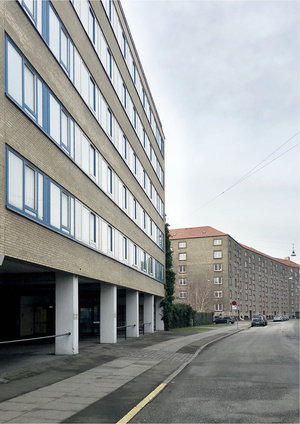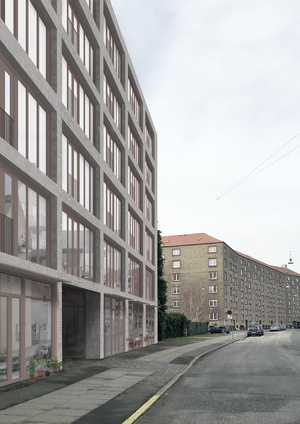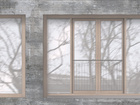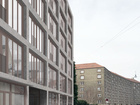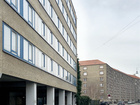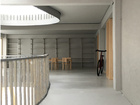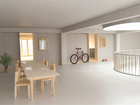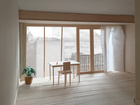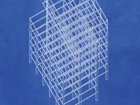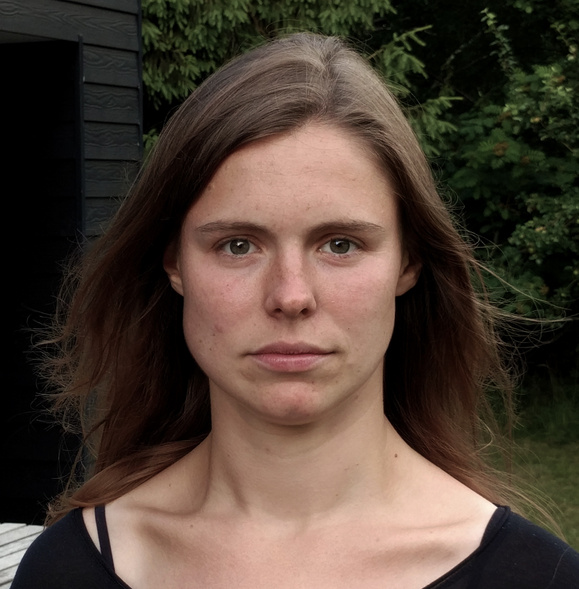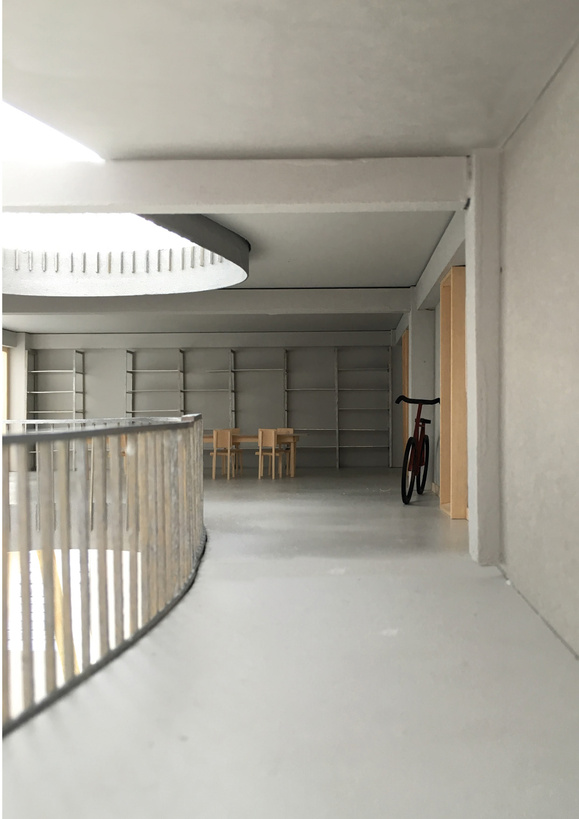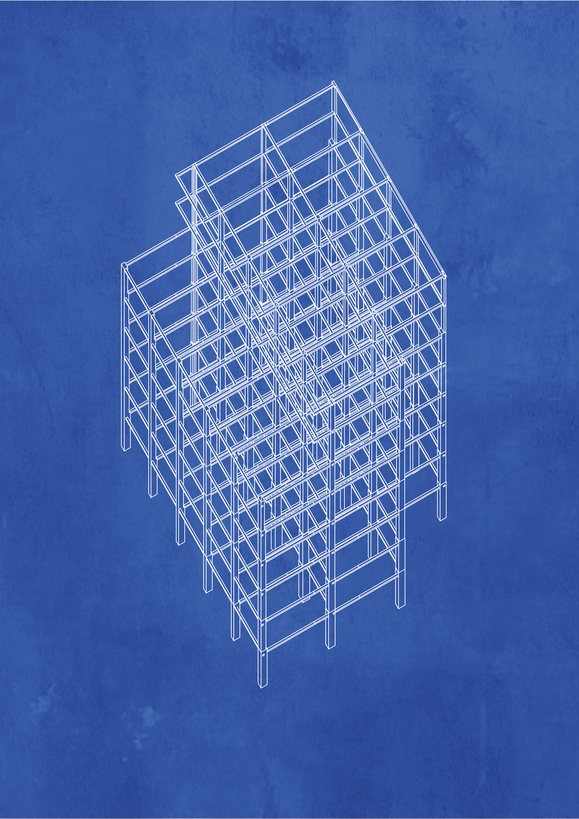At the start of every academic year we hear and read about the lack of student housing in Copenhagen. It is not optimal to embark upon student life in an igloo tent – so what can we do to provide suitable housing in a city where building plots are in short supply? Meet the architect, Pauline Selvejer Faaborg. In her degree project, she found a sustainable and elegant solution to the problem. With a simple approach, she converts empty office space in the capital into practical housing for young people.
Your degree project is entitled ‘Waiting Houses’ – what is it all about?
My final project provides an idea about how to make use of the many empty office buildings in Denmark. Nationwide, 2.11 million m2 of office space is empty! Much of that is in and around the big cities, while more than half - 1.17 million m2 - is in Copenhagen, where there is also a lack of housing. So I am suggesting how we can put all this space to use, with just a few interventions, turning it into inexpensive student housing.
What was your motivation for this project in particular?
My principal motivation was the connection between the lack of housing in Copenhagen and the potential of the empty offices. For a young person in Copenhagen, it is very clear that the way the housing market is evolving is untenable. Every year, thousands of people move to the city, mostly young people and students, but nothing new gets built. They build large three-bedroom flats, which are not geared to sharing and cost far more than any average student can afford.
Meanwhile, office buildings stand empty on attractive plots all over Copenhagen, just waiting to be demolished. They are usually buildings dating from the 1960s and 1970s, empty mainly because they do not meet our current standards because of poor lighting and inferior materials and, because they are ugly and characterless, companies do not want to use them. Nowadays, companies want to parade their identity and distinctiveness via their head offices. That is why new offices are being built all over Copenhagen, while these older buildings stand empty.
These buildings have obvious potential. They often have a strong and flexible structure that can be used for functions other than what they were originally built for.
Where do you imagine your degree project will make a difference?
If my project was to see the light of day, it would create more student housing and inject new life into otherwise empty, dead buildings, also revitalising the surrounding areas.
Overall, I hope my project could be an example of how to recycle buildings. Instead of building new buildings with a maximum service life of 50 years, we should re-programme and use old buildings again after their original function has ‘disappeared’. There are loads of examples of this in architecture, but here I have tackled a type of building, where the qualities are hidden under ugly, charmless façades, and whose potential hitherto has not been properly exploited.
Maybe my degree project can exemplify the qualities of this type of building and pave the way for people to see their possibilities rather than their limitations.
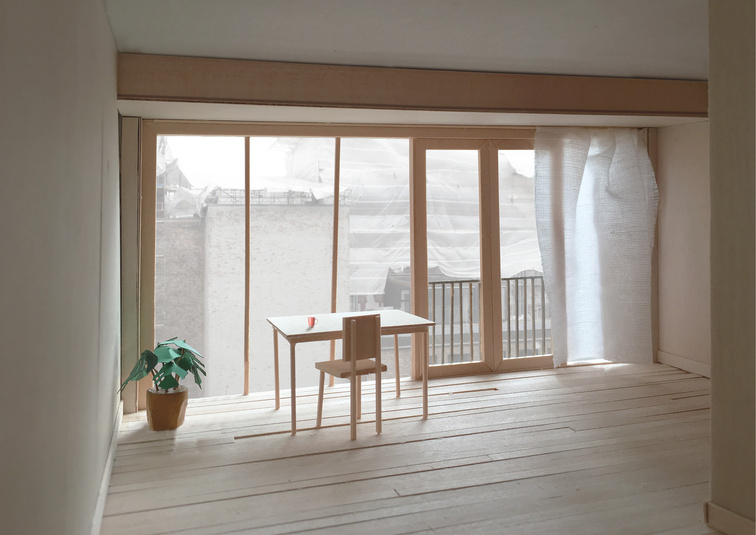
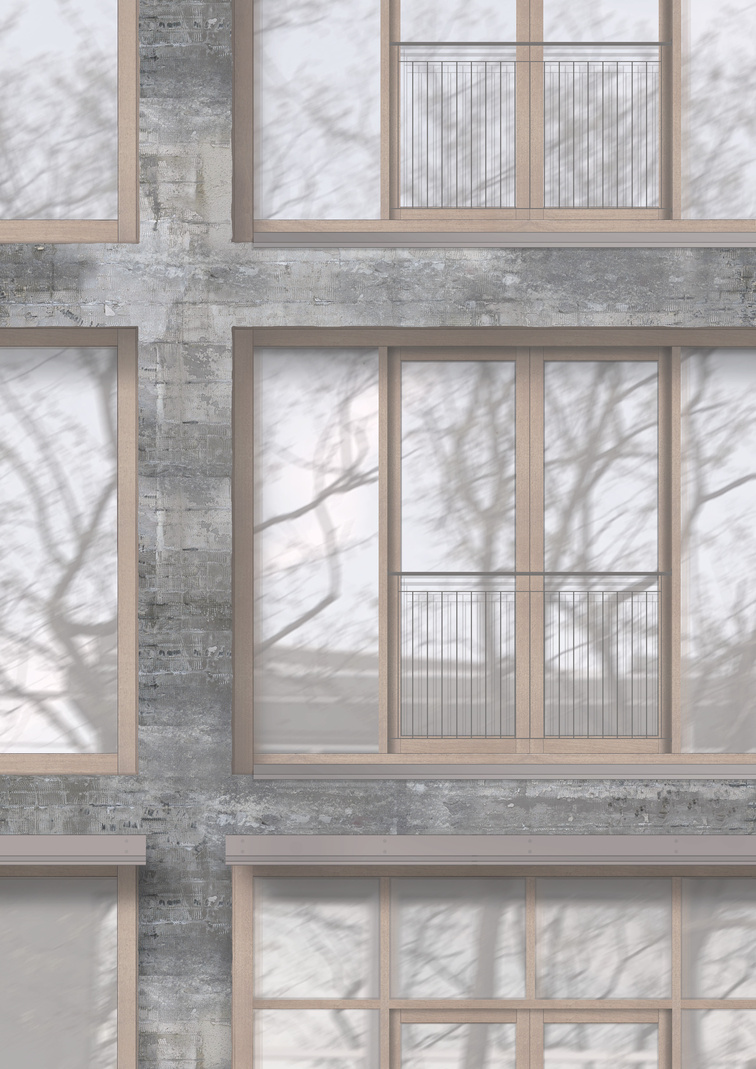
Can you see any development or employment opportunities in your degree project?
Work on the transformation of buildings and the city’s need for housing has tons of potential. In an age of increased focus on sustainable materials and reuse of existing elements, as architects we have a definite role to play. Every building is different. So much of my project involved thorough analysis of the potential of both the building and the area. It is about considering the needs and everyday life of users in a given context. My context was abandoned office buildings, where there is plenty to be done.
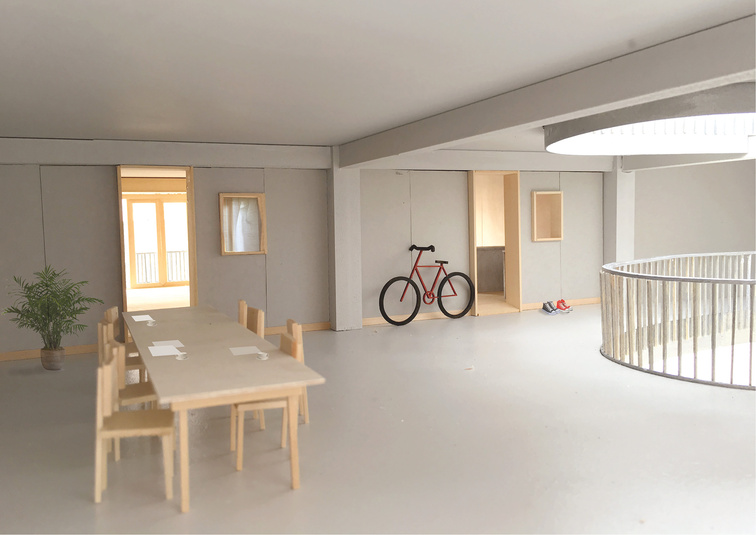
What are the most enjoyable and the most difficult aspects of the way you work on design/architecture?
The most enjoyable, but also the most difficult aspect of this type of project is to define clearly the context. You need to stay within the limits, which the building dictates. For example, in the case of this building, the load-bearing structure created a clear rhythm in the building’s rooms, and that is something you cannot change. So you have to find ways to get around it. You get all the limits and problems at once, instead of them cropping up along the way as the project evolves. It is both challenging and interesting to have such clear limitations.
If you were to identify a piece of architecture, which you would have loved to design, what would it be, and why?
It would be Snøhätta’s opera house in Oslo. I love that they took something as elitist as an opera house and made its building so vernacular. Instead of creating an exclusive showcase, they built an opera house, which welcomes and unifies the population of the entire city. In terms of development, I think this is a fantastic road for architecture to take.
What do you think is your greatest strength as a KADK architecture graduate?
The education at KADK is multi-faceted, but also focused. I leave here with a great understanding of a building’s significance in its environment, and an environment’s significance for a building. I have also gained an understanding of how building’s technical necessities can be used to produce specific spatial expressions. The education was rooted in practice and architectural methodology, but it was also investigative, questioning, process-oriented and stimulating. I think it is an excellent basis for my further development as an architect.
Right now, I am just happy to know that in five years’ time I could be absolutely anywhere. I hope to be able to use the tools I have acquired at the School of Architecture to delve into many different projects.


